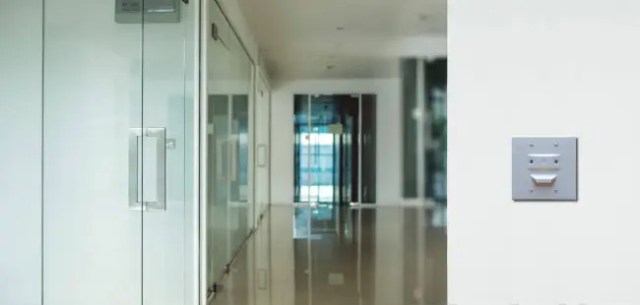GSDs Combat Active Shooter Events
Deploying an autonomous gunshot detection solution can help eliminate the modern-day risk of active shooter incidents.
By Jin Kim
Active shooter incidents repeatedly manifest in every institution we traverse and spend our days in, often with little to no thought of the lurking threat we have all become desensitized to. Of all the preparedness and resiliency we have collectively institutionalized to combat this violence, the truth is that individual mitigation success will—and always will be—centered on human beings making critical decisions under extremely difficult circumstances.
No one really knows how they will respond to what is likely the most terrifying experience of their lives, and the offender is the one who has the advantage. In my analysis, active shooter events are primarily comprised of three stages: Initial, Sustained, and Improvised. They also start under ambush conditions. Moreover, the offender has every practical and tactical advantage over the targeted population. He or she decides when, where, who, what, and why—in every sense—leading up to the ambush comprised of shocking speed and surprise.
Regardless of what propelled the offender’s grievance or what trigger event in his or her life fueled the pathway to violence, it’s these parameters that make individual mitigation so challenging let alone manageable.
The Human Reaction
As we have repeatedly witnessed while under crisis, humans are unpredictable when faced with the reality—and the acceptance—of being subject to acute gun violence erupting during a routine moment of their day. Even for the keenly prepared, the sudden nature and dynamics of their pending fate can invoke the physiological condition of a terrifying freeze to momentarily assess the danger prior to the fight or flight response. It is at this moment of an active shooter event the concept of time takes on new meaning.
Those subjected to the attack, including the offender, are now affected by a countdown clock that starts even before the eruption of violence in the Initial stage. The offender fully realizes and accepts—at the onset of his or her attack—that every first responder in the listening radius of the site will be converging and arriving within minutes. Rather than deter him or her, the offender knows and accepts this. Mitigating this dynamic advantage, within a rapidly collapsing and compromised environment, is central and the most critical component in safeguarding the now vulnerable and targeted occupants.
In short, the sooner people are aware, the sooner they can respond.
Relative to this modern-day risk, the mainstays of traditional security hardware and technology serve primarily in either a passive or active posture. They also serve in either inter-event deterrence or intra-event response. And as history has repeatedly shown us, the outcomes of these tragedies have been compounded by the ineffectiveness of practices which were never imagined, nor expected, to mitigate the modern-day active killing of innocent people within a building.
Closing the Gap
We can mitigate the gap between the offender’s advantages and overcome the human realization challenges by understanding:
1. What and how little, if any, institutional control is exercisable during the attack and the value of less dependency on human decision making;
2. How to navigate the practical realities and priorities of notifications; and
3. How to make the entire unsuspecting population under attack aware so they can do something about it.
Traditionally, technologies used to counter active shooter incidents were video and some form of access control or lockdown protocol. But even in this age of artificial intelligence-driven, video object recognition solutions, trained personnel are still required to identify threats, intervene quickly, and communicate effectively during periods of extreme stress and confusion.
Autonomous Gunshot Detection
Fully autonomous gunshot detection, tracking, and notification systems change this dynamic. Removing human emotions, reactions, and assumptions from the equation significantly improves the intra-event response for those under attack.
Instant awareness, via multiple modes of communication, brings about advantages in two dimensions; law enforcement can save valuable time by bringing limited resources to the exact location of the offender, while those under attack have a clearer picture of the situation and how they may want to choose to respond.
As modern indoor gunshot detection systems integrate with leading video, mass notification, and access control systems, each organization has the flexibility to develop its own approach based on its existing security protocols.
Until we can altogether eliminate this modern-day risk—that threatens the population during routine moments of daily life—the mindful management of the intra-event is the focus that can and will save lives.
This is a guest blog post by Jin Kim, the founder and principal practitioner of the PerSec Academy & Advisory Group and advisor for Shooter Detection Systems. Kim retired from the FBI in 2018 as a 23-year veteran of the FBI’s New York Division as the active shooter subject matter expert on the FBI’s Crisis Management Unit.
© Jin Kim, PerSec Academy & Advisory Group LLC
Photo credit: Jin Kim is FBI (ret) Active Shooter Subject Matter Expert and advises SDS on all matters concerning the active shooter threat and strategies for risk mitigation.


Comment section